Batman is ubiquitous. Over the years, there have been many, many versions of Batman, as imagined by dozens of different writers, artists, actors, and filmmakers. He is a superhero. He is a vigilante. He is a campy goofball. He is The Caped Crusader and The Dark Knight. He is The Defender of Gotham. In The Batman, Matt Reeves has given us a version of the character that we have never before seen on the big screen. In The Batman, he is simply The Detective. We often forget that the roots of the character lie as much in The Shadow, and Dick Tracy, and Sherlock Holmes, as they do in Zorro, and here, Batman is as much a keen eyed sleuth as he is an avenging angel.
This is the superhero movie as hardboiled crime fiction. This is Matt Reeves channelling Raymond Chandler when he wrote in The Simple Act of Murder that “fiction in any form has always intended to be realistic,” because anything less would mean you have learned nothing, gained nothing, and forgotten nothing. His Batman is more Sam Spade than anything else. He is a man who walks the mean streets of Gotham City with a sense of honor and a notion of justice, who neither wears them on his sleeve nor allows them to be corrupted. This is the Batman you’ve always wanted.
Batman Begins… Again
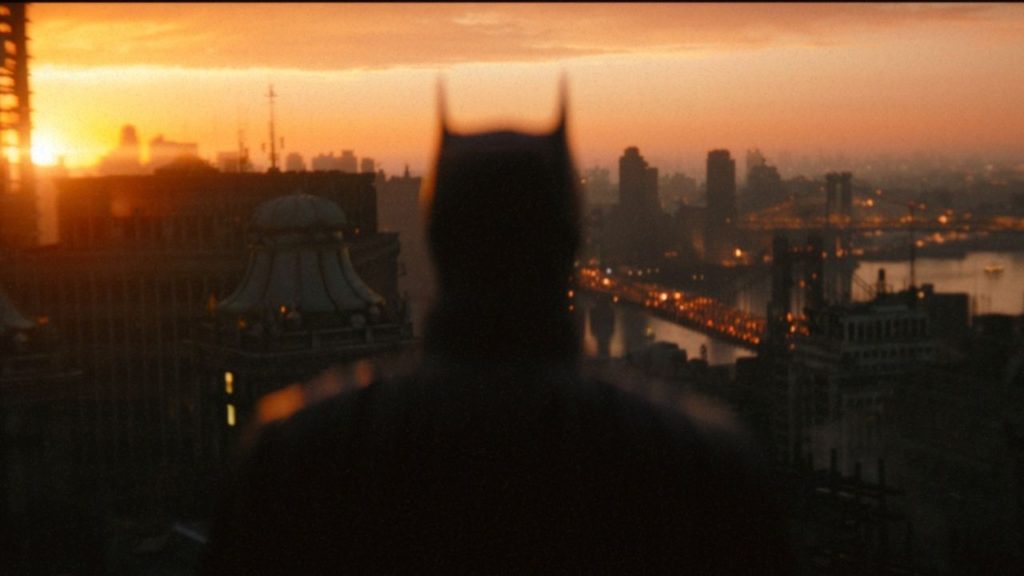
We open on a Gotham City that is, as always, on the brink of societal collapse. Bruce Wayne is only in his second year as The Batman. It’s something he calls “The Gotham Project.” He stalks the night. He fights bad guys. He’s trying to save his city from the crime and corruption that has long become endemic. When we meet this version of Batman, he is already an established presence in Gotham. He may be naive and inexperienced, but has nevertheless managed to instill a palpable sense of fear among the criminals that prey on the city. They know that he is among them, watching their every move, and ready to pounce with a frenzy that borders on the sociopathic.
When a savage new villain called The Riddler (Paul Dano) starts taking out some of Gotham’s most “distinguished” citizens and leaving behind cards addressed to “The Batman,” Jim Gordon (he isn’t commissioner yet) brings in the masked vigilante to help him solve the mystery. They are both rookies in their own way, but an uneasy trust, and a gut belief in the other’s virtue, means that they make for quite the formidable crime-solving duo.
Is This What It Would Look Like if David Fincher Made a Batman Movie?
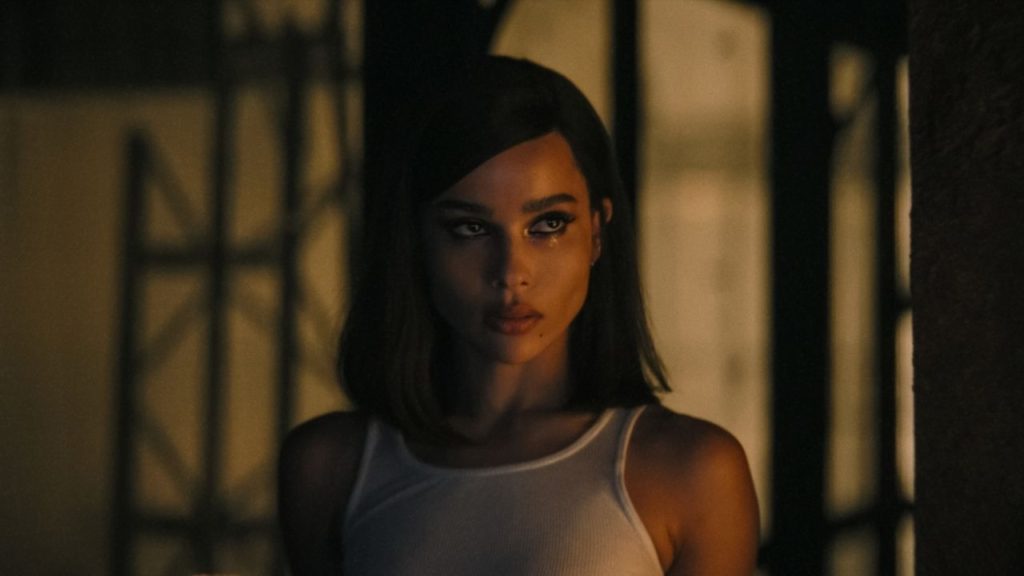
The Batman is one part Seven, one part Zodiac, and one part True Detective. It is a brutalist take on the superhero movie. Skipping past the tired origin story that we’ve all seen far too many times, Reeves dives headfirst into a beautifully rendered and magnificently paced noir. It is massive, stark, and deliberate, where every character is forced to confront their past, face their darkest selves, and question their place in this world. As every act unfolds, more and more characters are introduced – Carmine Falcone (John Turturro), Oswald Cobblepot (Colin Farrell), Selina Kyle (Zoë Kravitz) – each of them weird and wonderful in their own comic book way. And just like in all great crime fiction, their connection to the plot becomes clearer the deeper you crawl into the movie, their purpose, further defined as the mystery begins to unravel.
The primary sources here seem to be Frank Miller and David Mazzucchelli’s seminal Batman: Year One and Jeph Loeb and Tim Sale’s equally influential Batman: The Long Halloween. But unlike Zack Snyder before him, Reeves doesn’t just mine the comics for cool visual cues. His take comes instead from a studied reading of who these characters are. Selina Kyle is unflinchingly loyal. Jim Gordon is the moral center of every Batman comic ever written. And it makes total sense that The Riddler would be a dangerously troubled incel with a misplaced sense of righteousness. Which is one of the things that makes this movie so damn unique. Where Snyder, and Nolan, and Burton, borrowed existing characters and placed them into their stories, Reeves’ version actually feels like it has an authorial voice.
As for Batman himself, within the first ten minutes of the movie, Matt Reeves sets up the character in almost exactly the same way that Bob Kane and Bill Finger imagined him all those years ago. This Batman is “a creature of the night,” he is “black,” he is “terrible,” he is terrifying. Reeves’ version is foundational. One that comes fully formed from a complete grasp of who and what Batman is.
In fact, never has the disjunction between Bruce Wayne and Batman been clearer than with Robert Pattinson. This is the first cinematic take on the character that doubles down on the idea that the man is the disguise and that the bat is the true persona. (Christopher Nolan tried to shoehorn it into The Dark Knight Rises, but it was so forced and half-assed that it’s better left forgotten.) We see it in Pattinson’s physicality when he’s wearing the cowl. He is powerful and threatening. He is confident. But as Bruce Wayne, there is a slouch in his step. A shyness. He is uncertain if what he’s doing is the right thing.
Pattinson’s Batman is definitive. Pattinson’s Batman is perfect.
This Is Everything a Comic Book Movie Should Be
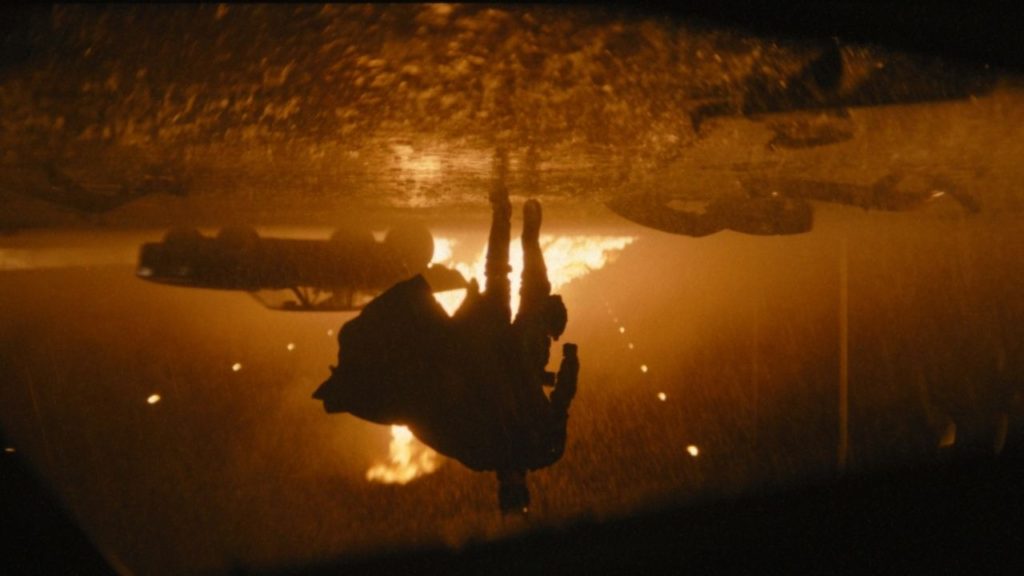
Now whenever we get a Batman movie that is, in any way, a serious and meditative character study, critics and commentators will try to tell you all the ways in which it isn’t just another comic book movie. They will tell you that it’s different. That it is somehow something more. They will ascribe to it the language of cinema in some futile attempt to elevate it to art. It is pretense at best. It is bullshit at worst.
Because it bears repeating. Superhero movies are not a genre unto themselves. Much like the comic books that inspired them, the superhero movie is but a medium by which to tell a variety of different stories. Action adventures. Tales of tragedy and woe. Horrors. Romances. X-ray vision and pew-pewing aside, these are stories that inspire us, that change us, that make us better. They contain multitudes.
The Batman is art. The Batman is cinema. But The Batman is also the most “comic book” movie there is. The voiceover that kickstarts the narrative are monologue captions brought to life. The story plays out over three hours like an arc across multiple issues of a comic book. Every shot, every panel, is so sumptuous, so exquisite, so beautifully painted with light and shadow that they create a visual climax to every moment.
Matt Reeves delivered. This is a movie that forces you to get invested in these characters. This is a movie that gets you thinking. About fathers and sons. About the price of vengeance. About the promise of renewal and the power of hope. Never has a comic book movie felt this lived in or so completely embracing. I left the cinema wanting to read more Batman comics. After three beautiful hours, I left the cinema wanting more.

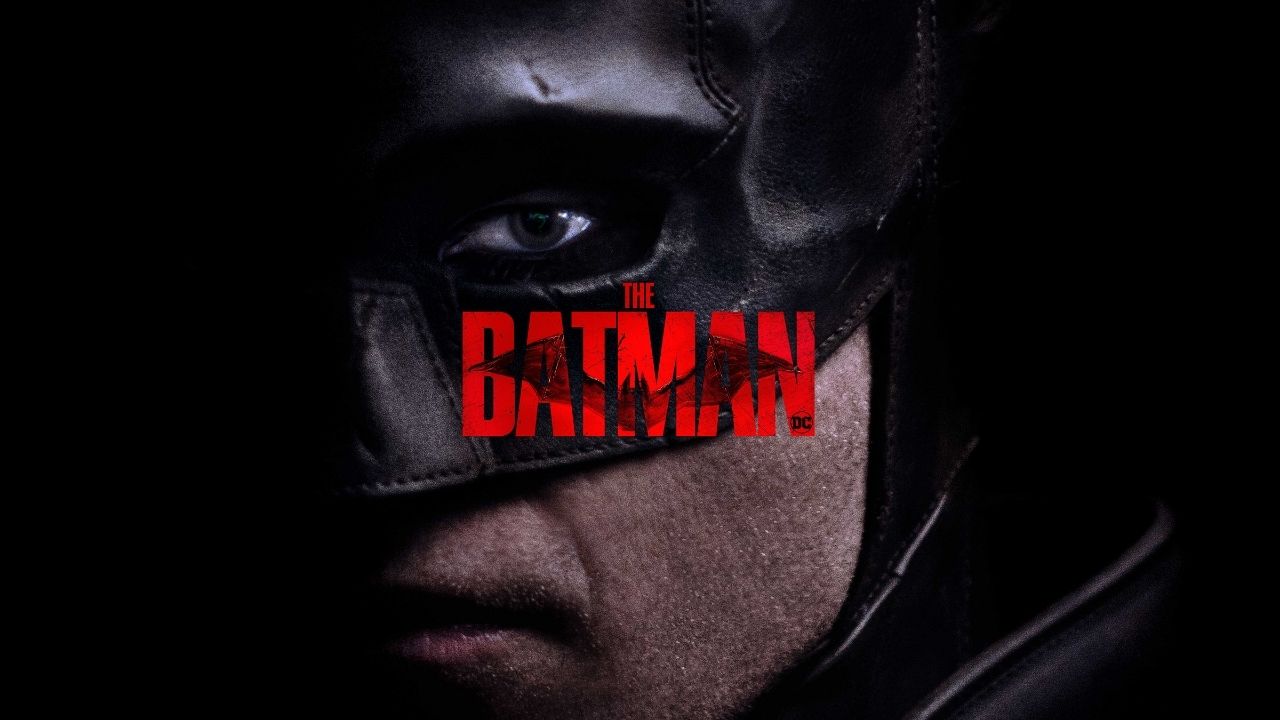


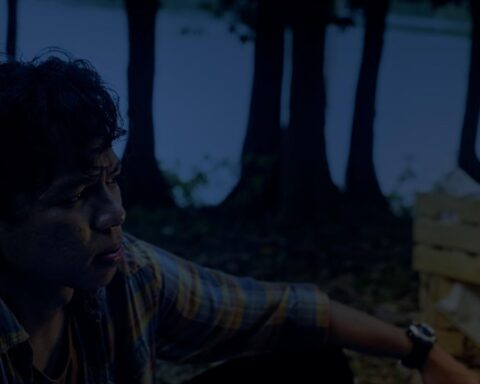


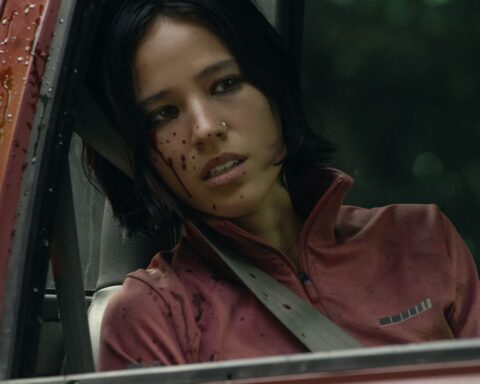

Follow Us